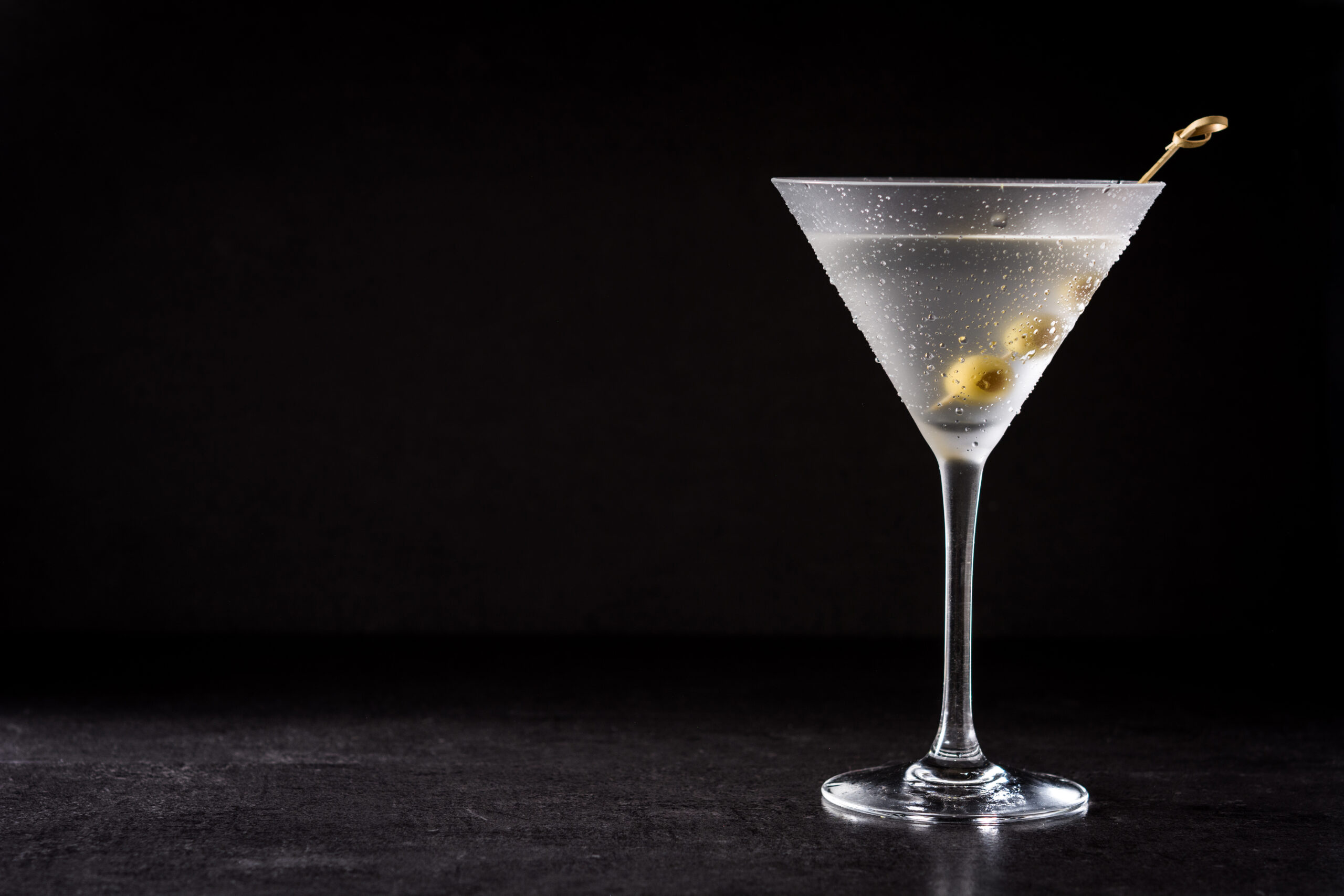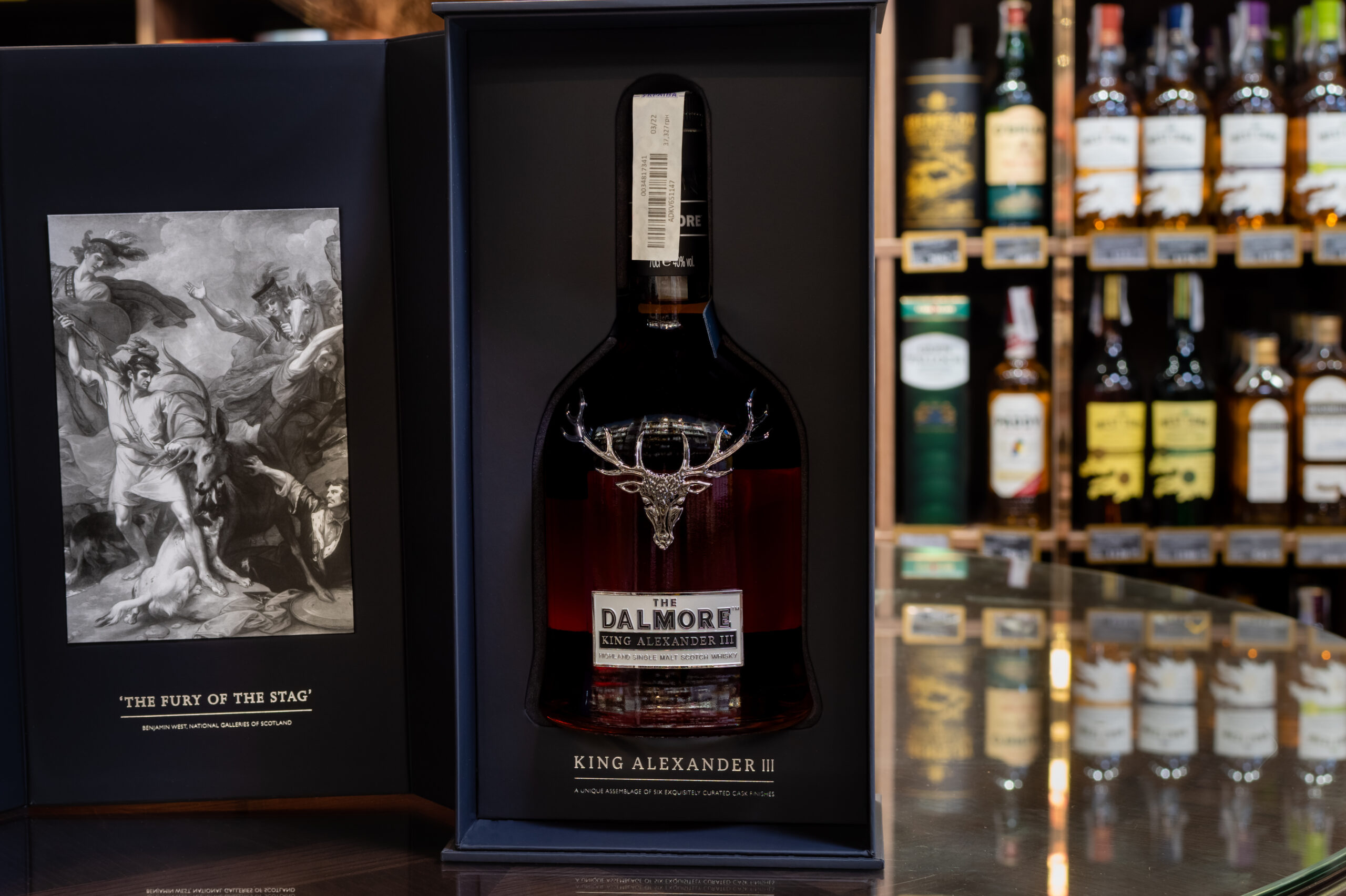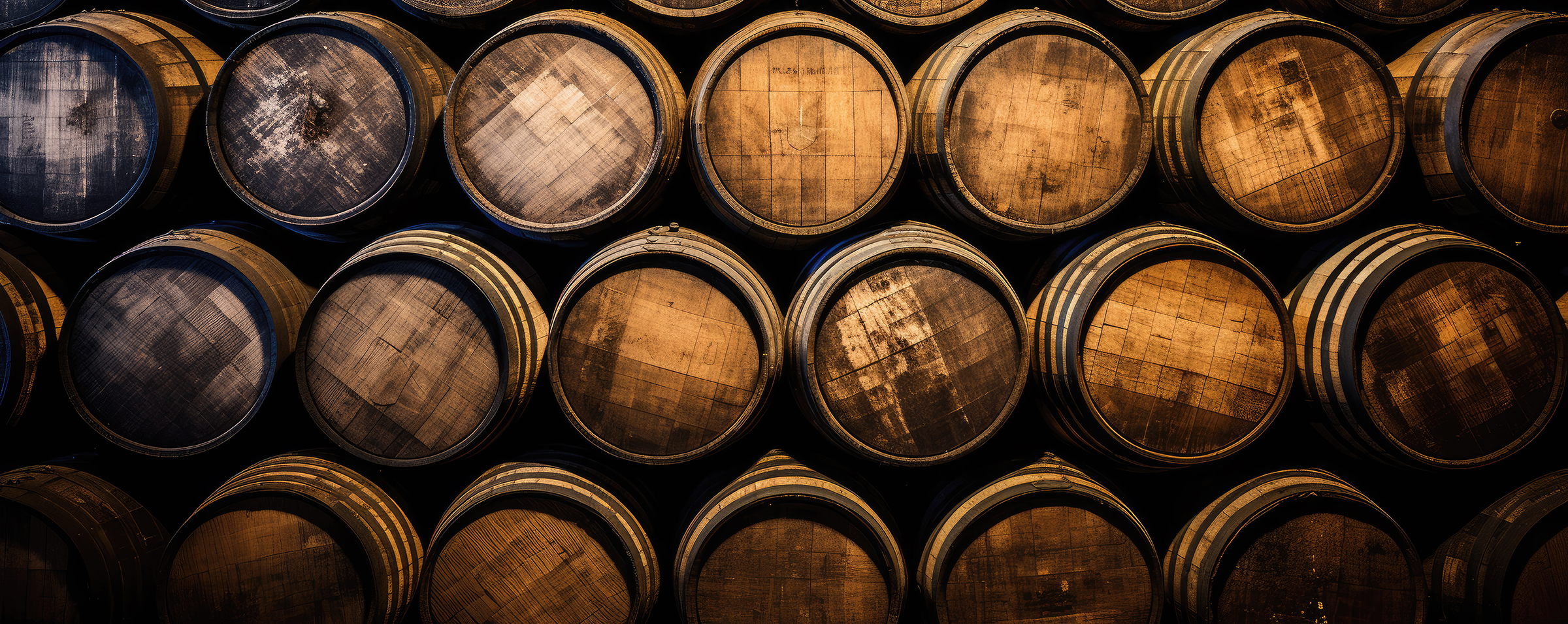The Martini: A Storied Cocktail and its Enduring Legacy
The martini, with its iconic V-shaped glass and sophisticated simplicity, is a timeless classic. But its history, like the perfect martini itself, is a blend of mystery and evolution. Delving into the past of this well-shaken (or stirred) beverage reveals a fascinating journey that reflects changing tastes and cultural trends.
Unveiling the Origins: A Cocktail Steeped in Mystery
The exact origin of the martini remains shrouded in a delightful fog of uncertainty. Popular theories point to two potential inspirations:
-
The Martinez: This early rendition, believed to have emerged in the 1860s, is credited to Jerry Thomas, a legendary 19th-century bartender. Some accounts suggest it was created for a miner traveling to Martinez, California, while others claim the drink originated in the town itself. The Martinez typically used Old Tom gin, sweet vermouth, and maraschino liqueur, a far cry from the drier style we know today.
-
The Manhattan Mutation: Another theory suggests the martini evolved from the Manhattan, a cocktail that combined whiskey, sweet vermouth, and bitters. By substituting gin for whiskey and adjusting the proportions of vermouth, bartenders might have paved the way for the drier martini.
The Rise of the Dry Martini: A Shift in Palates
The late 19th and early 20th centuries witnessed a crucial transformation: the birth of the dry martini. The use of London Dry gin, with its juniper-forward character, combined with a smaller vermouth ratio, resulted in a drier and more assertive drink.
Several figures are attributed to this shift, including:
-
Martini & Rossi: The popularity of this Italian vermouth brand may have inspired the name “martini” for the evolving cocktail.
-
Cocktail Pioneers: Bartenders like Harry Johnson (author of the influential “Bartender’s Manual”) and Jerry Thomas are credited with refining the dry martini recipe during this era.
Prohibition and the Martini’s Resilience:
The tumultuous period of Prohibition in the United States (1920-1933) surprisingly played a role in the martini’s rise. The relative ease of acquiring bathtub gin compared to other spirits like whiskey made the martini a readily available cocktail. This period also saw the emergence of the “Gibson,” a dry martini garnished with a cocktail onion instead of an olive.
The Golden Age and Beyond: A Cocktail for the Well-heeled
Following Prohibition’s repeal, the martini cemented its place as a sophisticated drink enjoyed by the Hollywood elite and business titans. Its association with glamour and sophistication is further solidified in pop culture, most notably through James Bond’s famous preference for a “shaken, not stirred” martini.
The Martini’s Metamorphosis: A World of Variations
The martini, while a classic, has never been static. Throughout its history, it has spawned a multitude of variations, catering to diverse palates:
-
Dirty Martini: Olive brine is added to the mix, creating a savory and salty twist on the original.
-
Vodka Martini: With the rise of vodka’s popularity in the latter half of the 20th century, a vodka-based martini emerged as a lighter alternative.
-
The Vesper: Created by Ian Fleming for James Bond in the novel “Casino Royale,” this variation uses gin, vodka, Lillet Blanc (a fortified wine), and lemon peel.
-
Modern Mixology: The craft cocktail movement has seen a resurgence of interest in classic cocktails like the martini. Bartenders are experimenting with new flavor combinations and techniques, using ingredients like flavored gins and house-made bitters to create unique martini experiences.
The Future of the Martini: A Legacy Enduring
While trends and tastes may evolve, the martini’s enduring appeal is undeniable. Its simple elegance, customizable nature, and rich history continue to captivate cocktail enthusiasts.
Here are some exciting trends to keep an eye on:
-
Focus on Quality Ingredients: With the rise of craft spirits and artisanal vermouths, bartenders are crafting exceptional martinis that showcase the depth and complexity of the ingredients.
-
Global Inspirations: Expect to see martinis with international influences, incorporating unique botanicals and flavor profiles.
-
Emphasis on Technique: The art of shaking and stirring will continue to be refined, with bartenders exploring different techniques to achieve the desired texture and dilution.
The Final Sip: A Toast to a Timeless Classic
The martini is not just a drink; it’s a cultural touchstone. It’s a symbol of sophistication, a conversation starter, and a canvas for creativity. As we raise our glasses to this iconic cocktail, we celebrate its rich history, its enduring legacy, and the exciting possibilities that lie ahead







